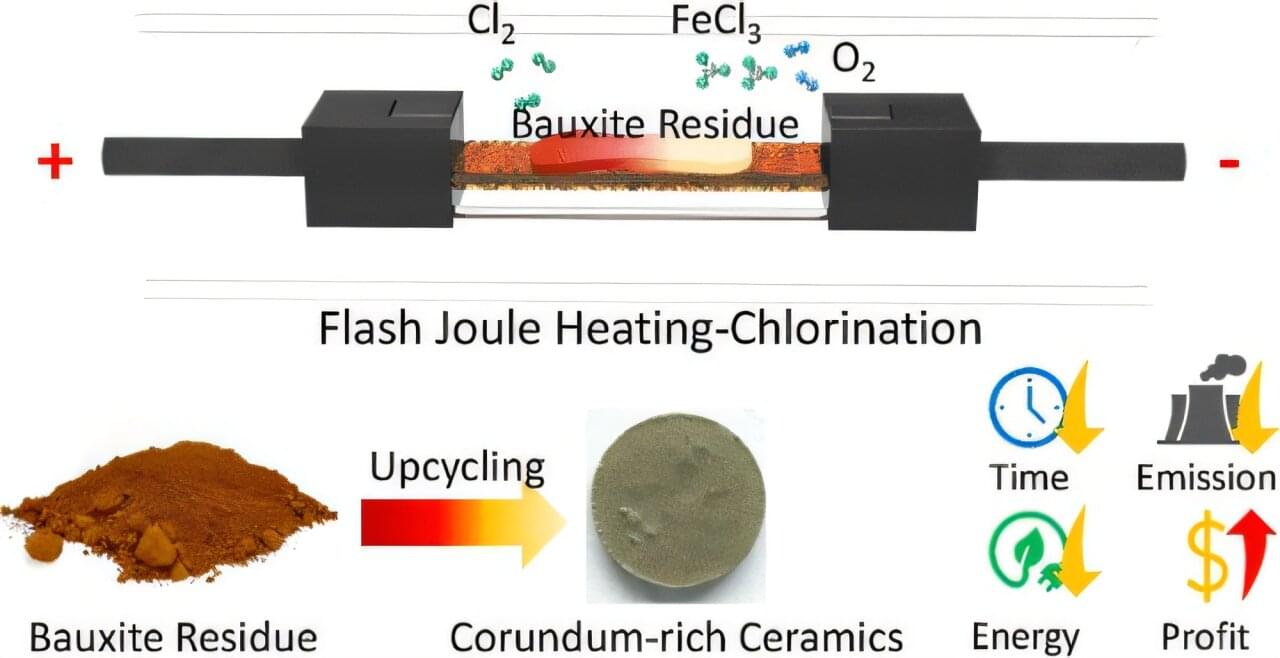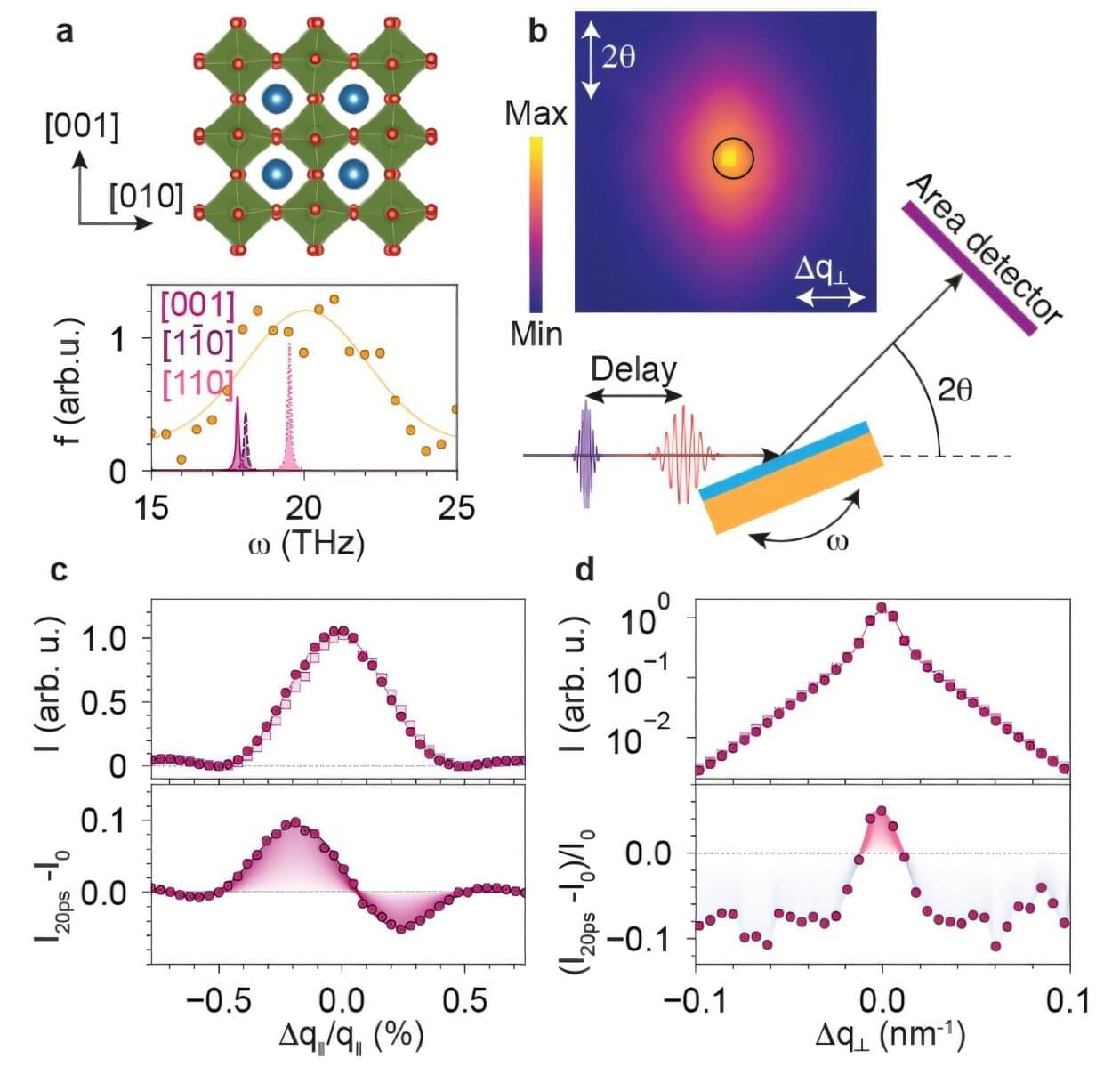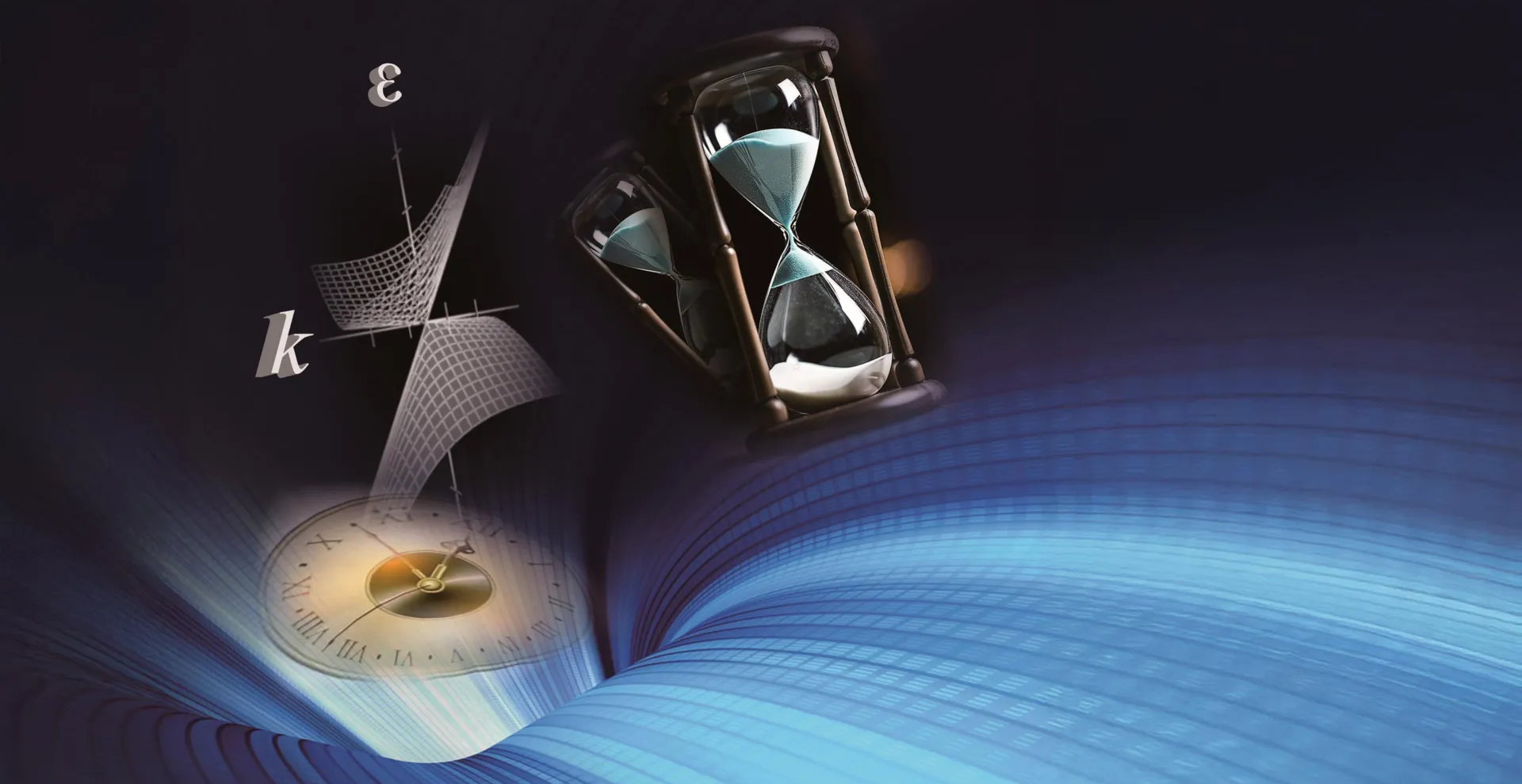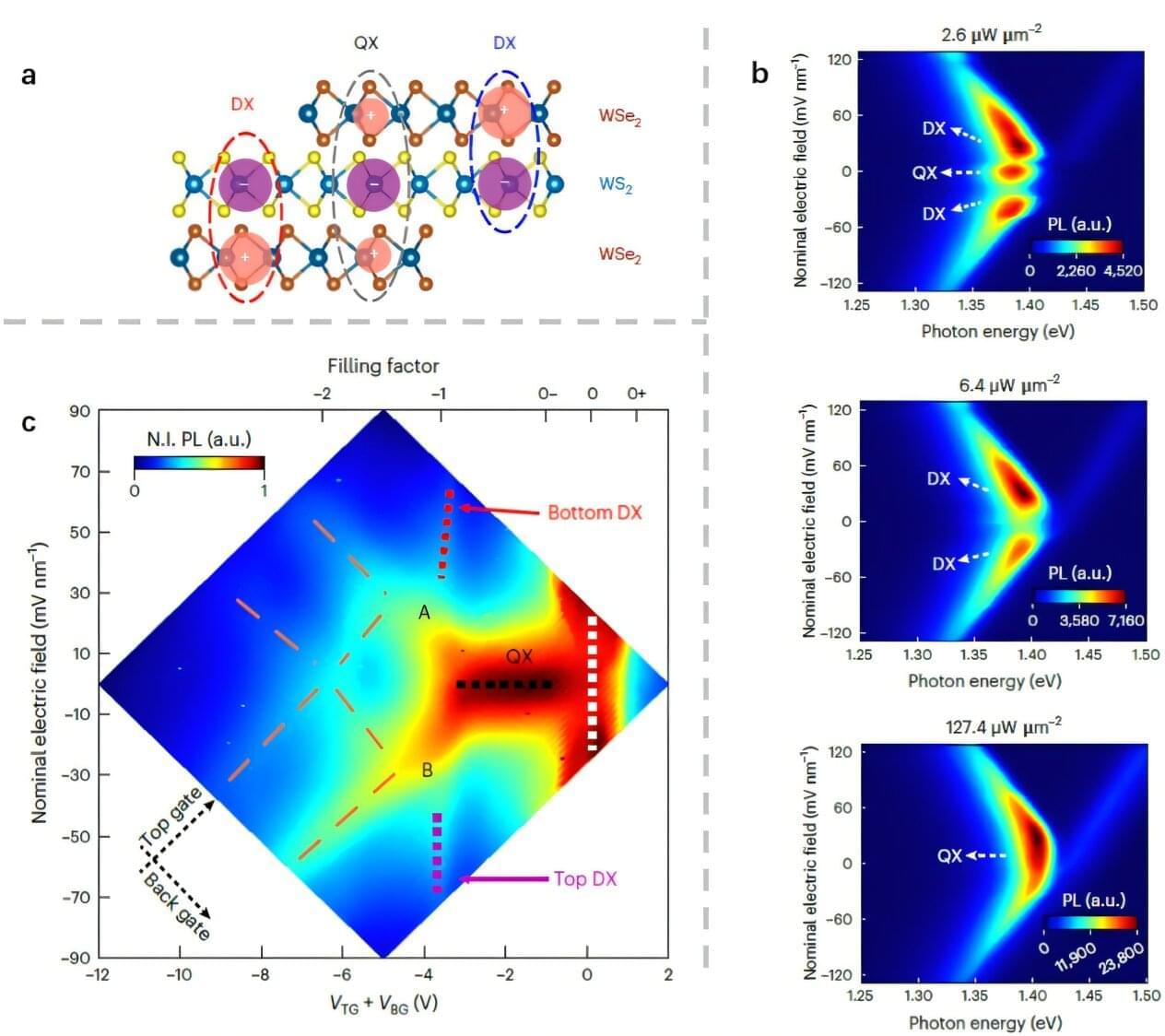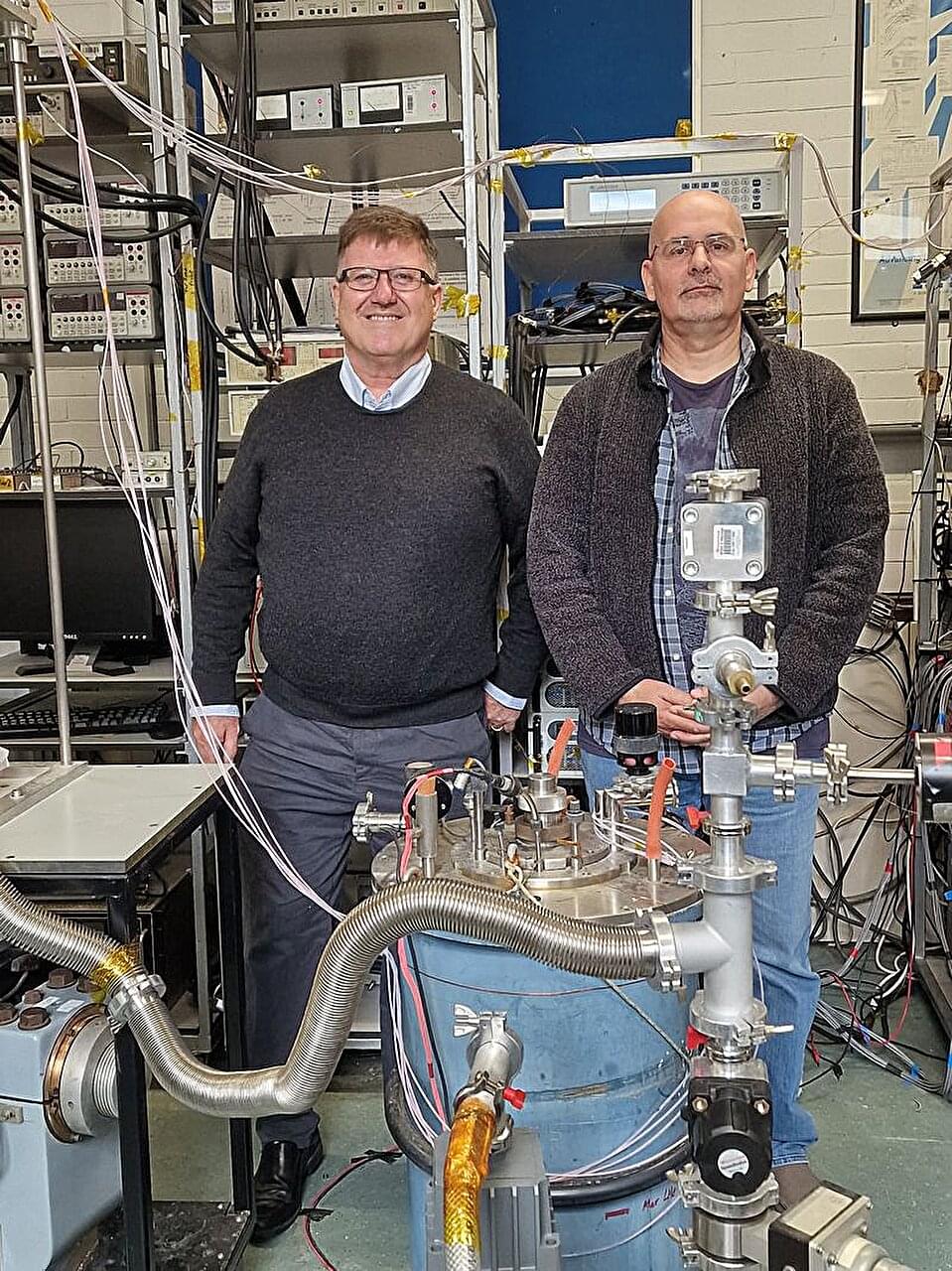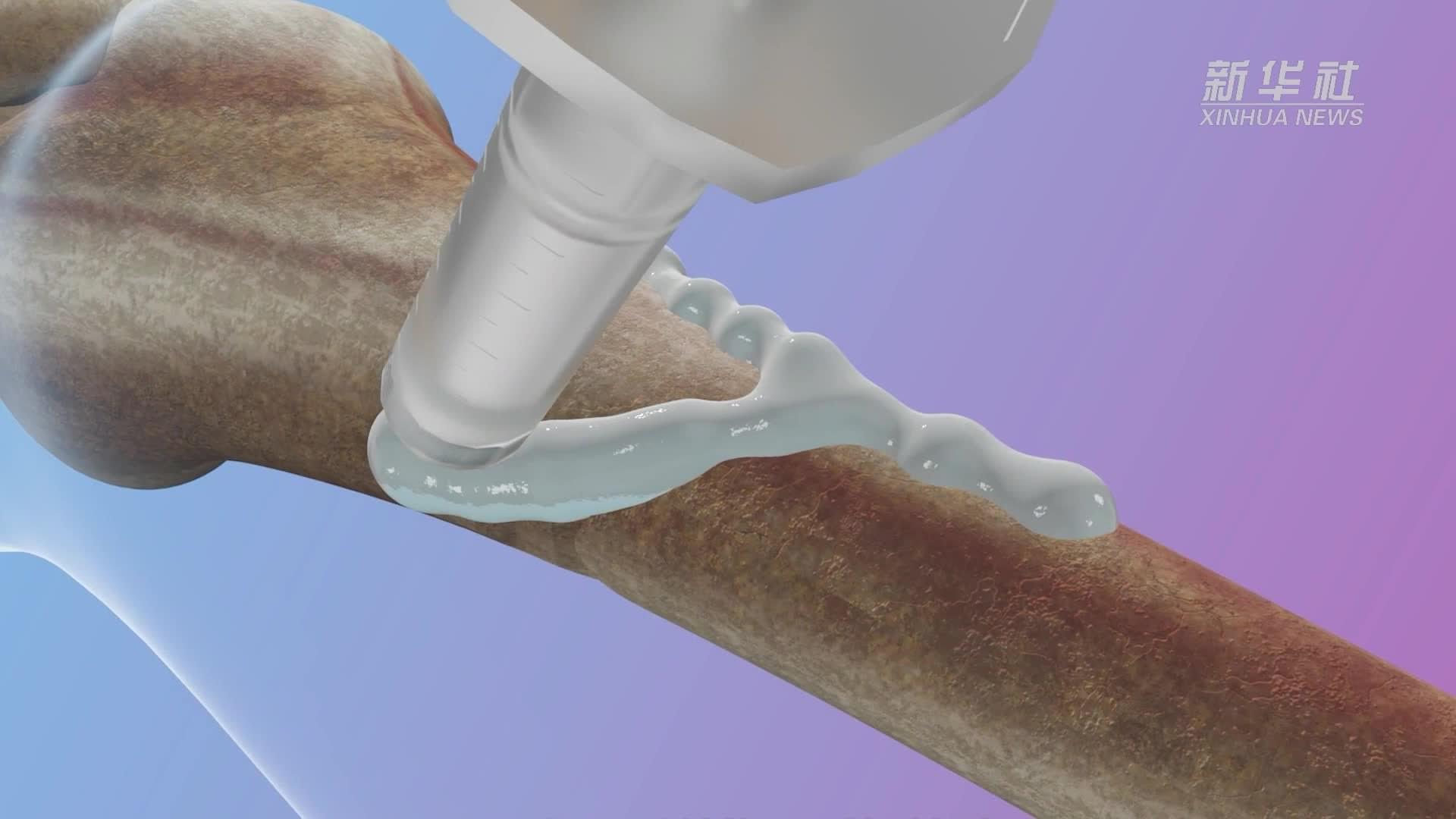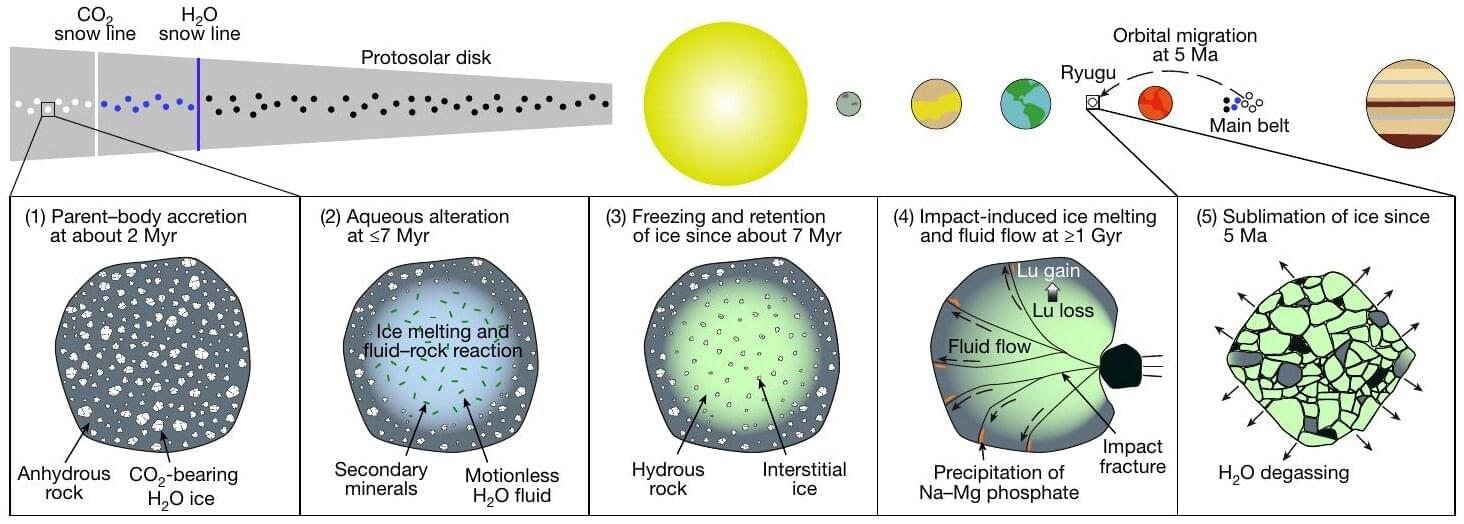A team of researchers at Rice University has developed a faster and cleaner method for recovering aluminum and removing toxic metals from bauxite residue, or red mud, which is a hazardous by-product of aluminum production.
This new technique, published in ACS Applied Materials and Interfaces, involves a brief electrical pulse lasting under one minute, along with a small amount of chlorine gas. If implemented on a larger scale, it could revolutionize global waste management and materials recovery.
The process uses flash joule heating (FJH), which rapidly heats materials with a short, high-power electrical pulse to vaporize harmful metals, leaving behind a residue rich in aluminum. This aluminum-rich material can then be repurposed into durable ceramic tiles or bricks or resubjected to the normal aluminum production process. The method offers a practical and scalable solution to address a significant pollution problem by transforming it into valuable materials, marking an advancement in industrial waste recovery.
